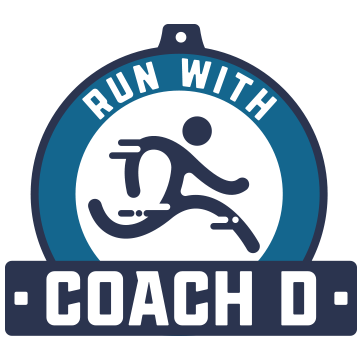Know the Difference: Soreness vs Pain
For new or returning runners, every run seems to hurt no matter what. Most of the time we tell ourselves to “run through it” and “tough it out.” Sometimes that’s ok, but not recommended if we don’t know what’s normal and what’s not when it comes to pain. The more experienced runner can make that judgment a little more easily, but how do we know what we can and cannot run through? Keep it simple and listen to your body:
Let’s talk about a few mental check lists to help you learn what’s ok to run through:
Think about the timeline first: Is this soreness/pain a response to my last run? Or another workout I did? If so. We probably know it’s soreness. If it’s from something more traumatic, like an ankle sprain, we know it’s not a good idea to run through it.
Describe it: Is it a muscle tenderness in your legs? Does it go away when you’re not running and does it feel like burning or fatigued when you run? It’s probably soreness and will probably be ok to run through, with modifications to your workout if needed. Like substituting a workout run for an easy run.
Does it get better with stretching? If yes, then it’s probably soreness that you should stretch prior to and after running that will probably be ok to run through. But if it gets tighter during running, STOP! Continue stretching it and rest for a day or two. If it continues to get tight, consult a specialist.
Does it get better in 2-3 days post workout? If yes, you’re probably just dealing with natural soreness. If not, you may need to take a few days to recover. It may not be that you’re injured, but you may not be recovered enough to gain a positive benefit from another run. That doesn’t mean you can’t cross train as an alternative. Even if you can’t train your running muscles, your lungs can still get a lot of work on a bike or elliptical.
Is the pain “Sharp” or “Stabbing:” This may indicate that you have a more serious injury and should take off running until you should consult a doctor. This is especially true if you had suffered a trauma like a fall, or felt a pull or give. Even if you didn’t you may have a tendon or bone injury that will only get worse with running.
Know your body: We all have specific areas where we feel pain or soreness more often than others. As you become an experienced runner try to make it a priority to work on these areas with strength training, mobility/flexibility exercises, and even a trusted physical therapist if needed.

